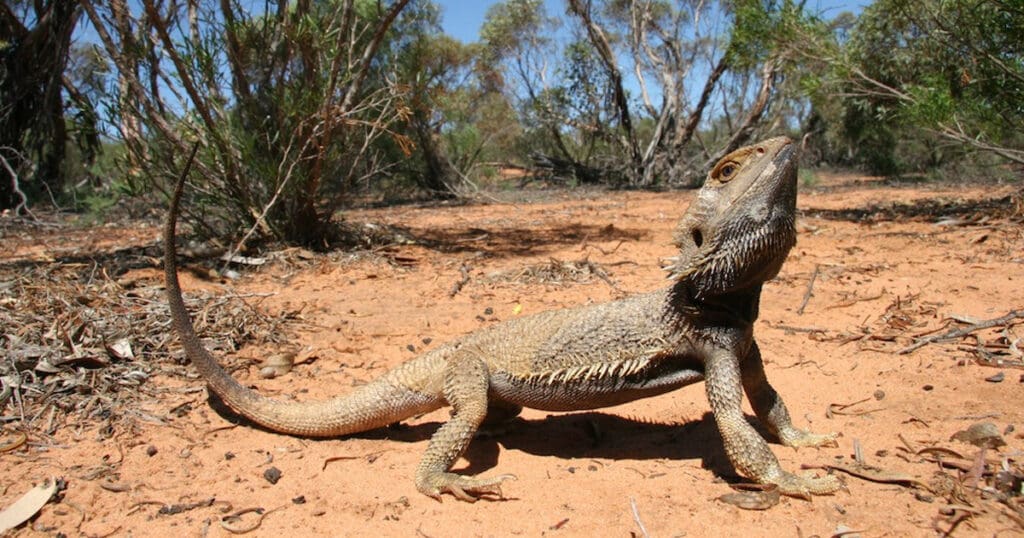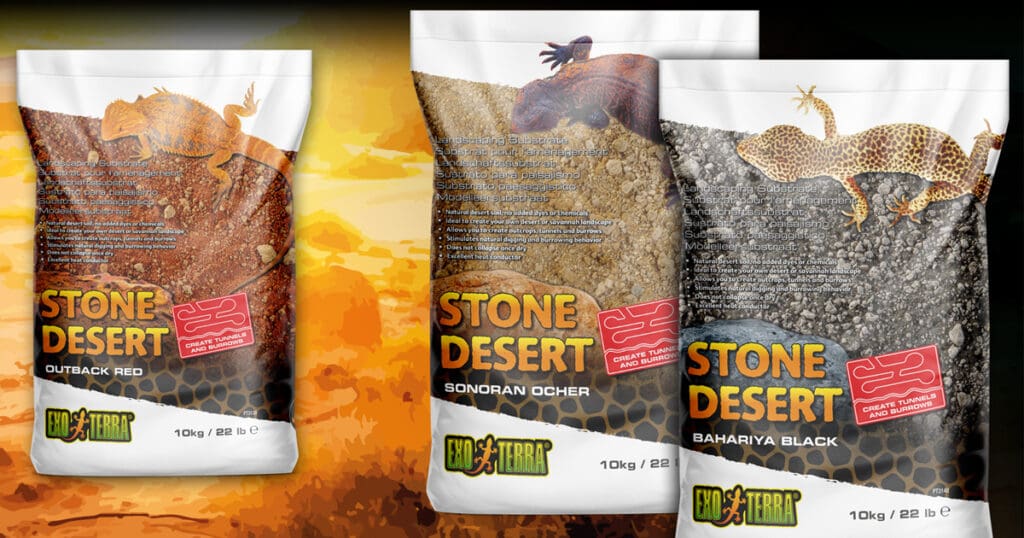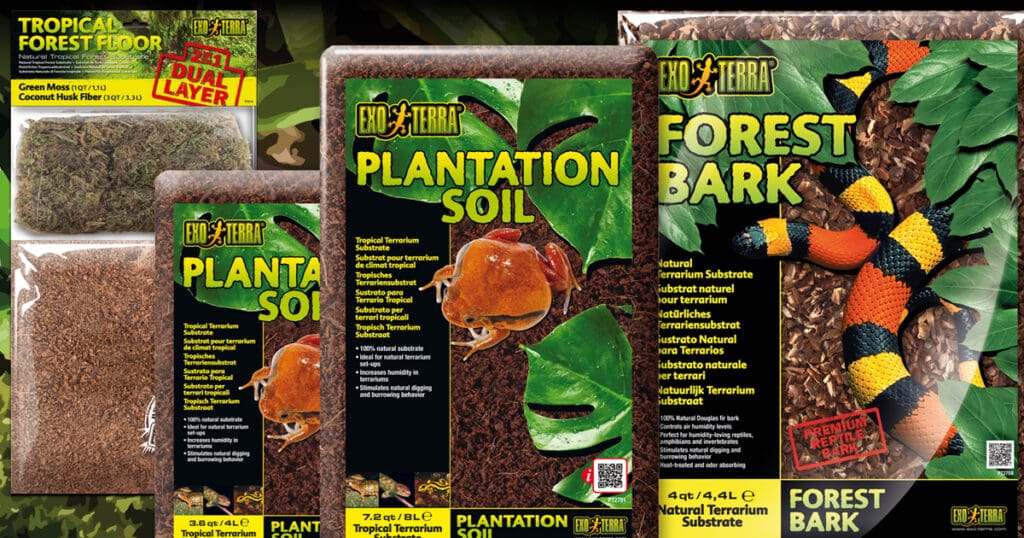
Subterranean Sanctuaries
Jesse Smets
Fossils trace the origins of these subterranean dwellings back to the age of dinosaurs, with creatures carving out their own spaces some 260 million years ago. This ancient practice of burrowing has been a survival strategy adopted by numerous species throughout the millennia.
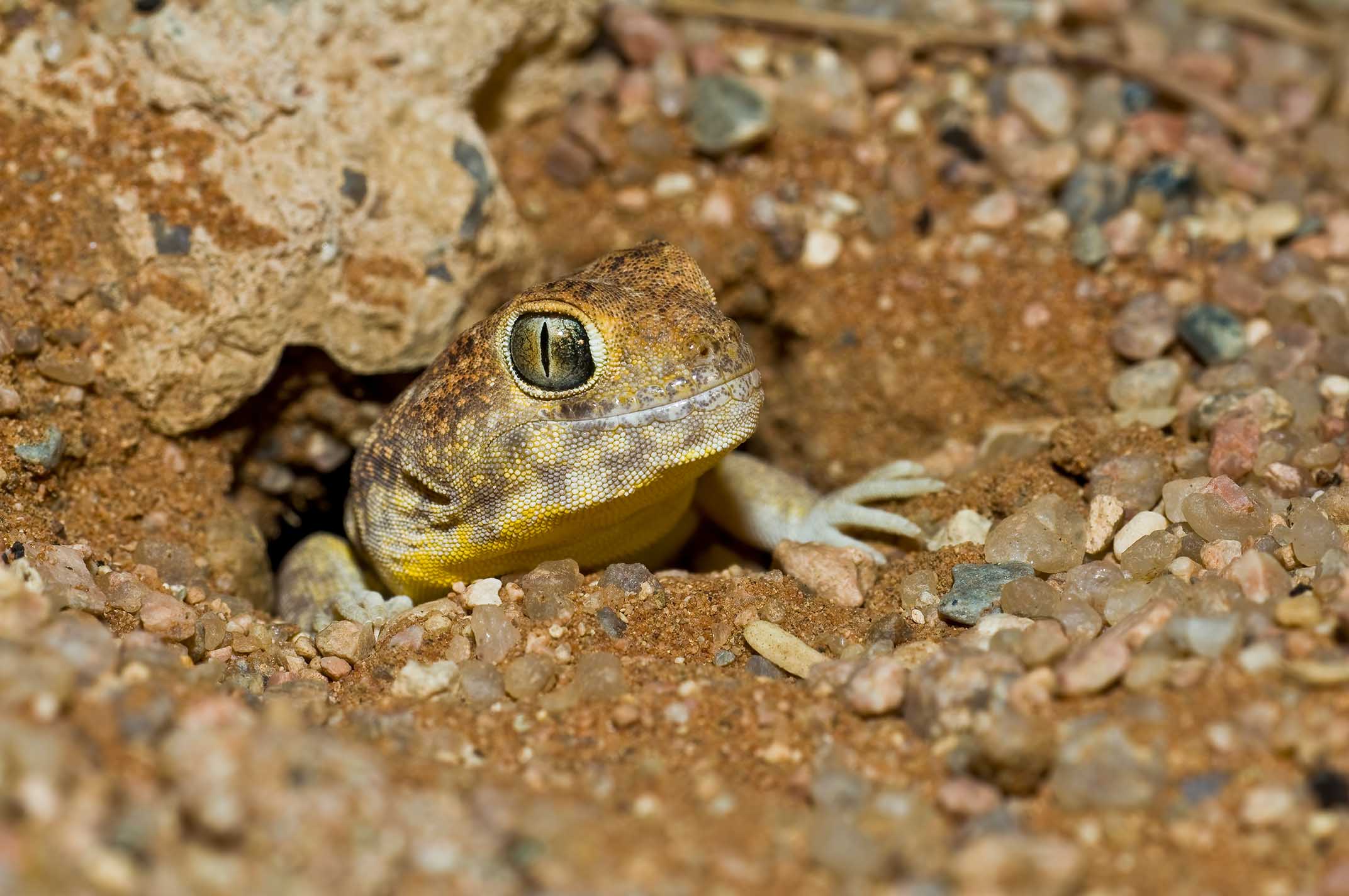

Common Barking Geckos,Ptenopus garrulus, builds extensive tunnel systems
In today’s world, many reptiles and amphibians have mastered the art of burrowing, whether by crafting their own tunnels or taking over abandoned ones. Most prefer to claim pre-existing burrows rather than dig new ones, using these hidden enclaves to evade predators and escape the severe temperatures of their habitats.
Some burrowing species exhibit extraordinary adaptations tailored to their subterranean lifestyle. Characteristics such as strong, muscular limbs, robust bodies, and wedge-shaped heads are prevalent, facilitating their movement through difficult terrains like sand. Notably, reptiles like the fringe-toed lizard and the horned lizard have developed the unique ability to produce vibrations, which enhances their burrowing capabilities—a clear demonstration of their highly specialized evolutionary traits. The harsh conditions of their environments have led many amphibians and reptiles to develop a suite of behavioral adaptations. These adaptations are crucial for managing their body temperatures and avoiding extremes of heat and cold. Their survival tactics include being active only during specific seasons or times of the day and spending extended periods in a state of reduced metabolic activity during hibernation or estivation. Reptiles, in particular, rely on their surroundings to regulate their body temperature, which is essential for supporting basic physiological processes. These cold-blooded animals have fascinating methods to maintain thermal balance, from the consistency of underground temperatures to strategic basking in the sun.


Female Marine Iguana, Amblyrhynchus cristatus, excavating a nest. Isla Fernandina Galapagos Islands, Ecuador
-


Stone Desert Bahariya Black 11 lb – 5 kg
-

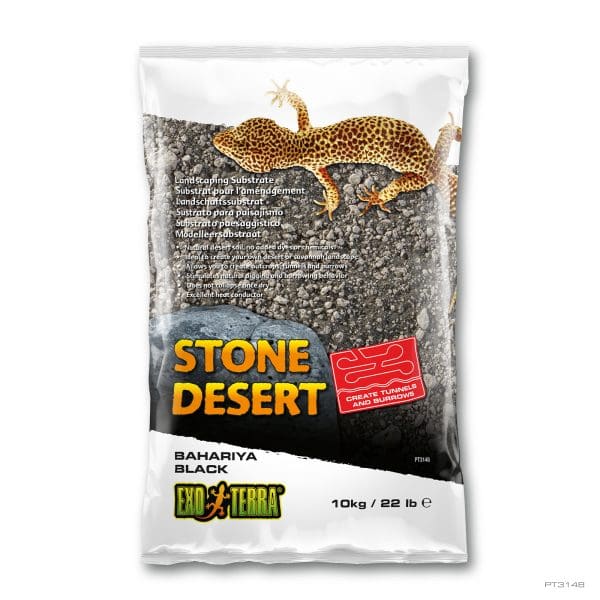
Stone Desert Bahariya Black 22 lb – 10 kg
-

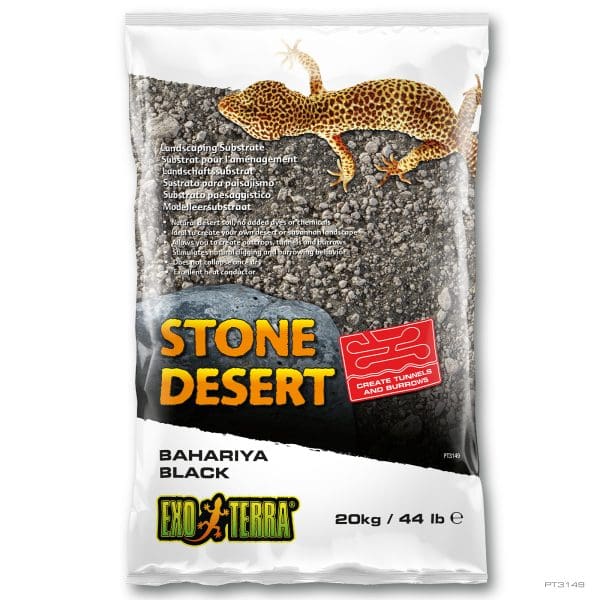
Stone Desert Bahariya Black 44 lb – 20 kg
-

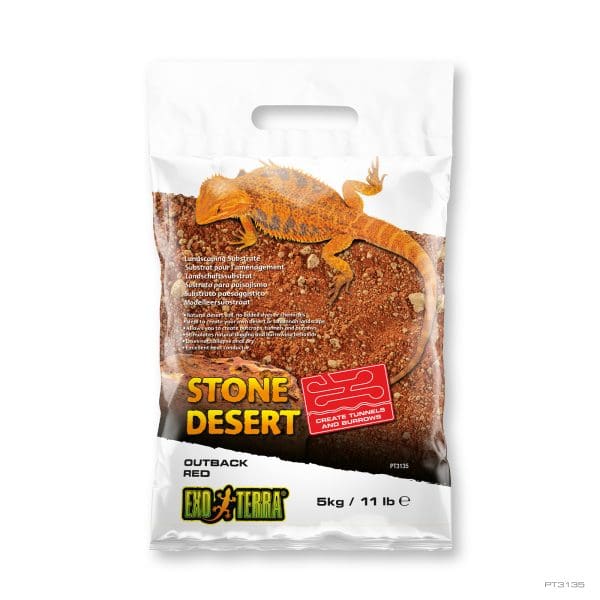
Stone Desert Outback Red 11 lb – 5 kg
-

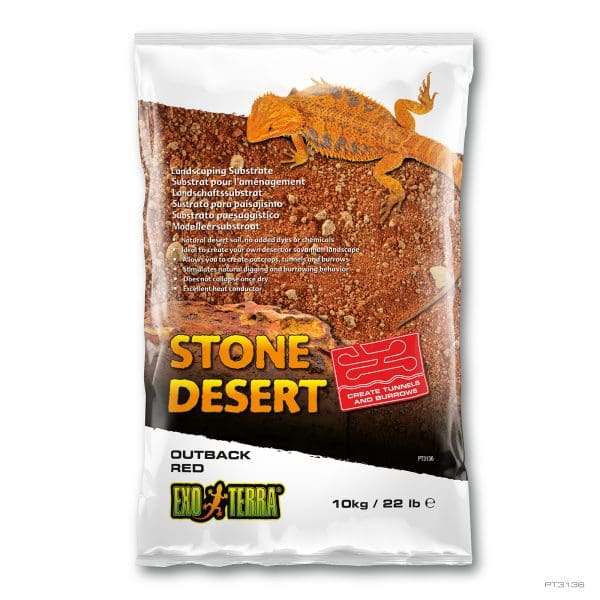
Stone Desert Outback Red 22 lb – 10 kg
-

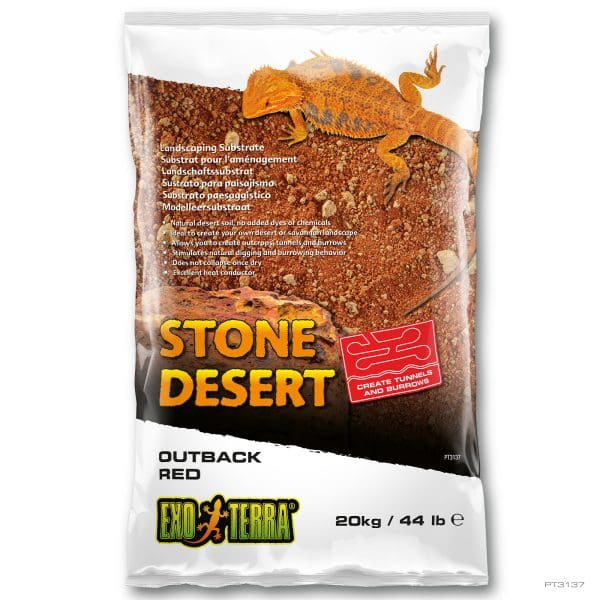
Stone Desert Outback Red 44 lb – 20 kg
-

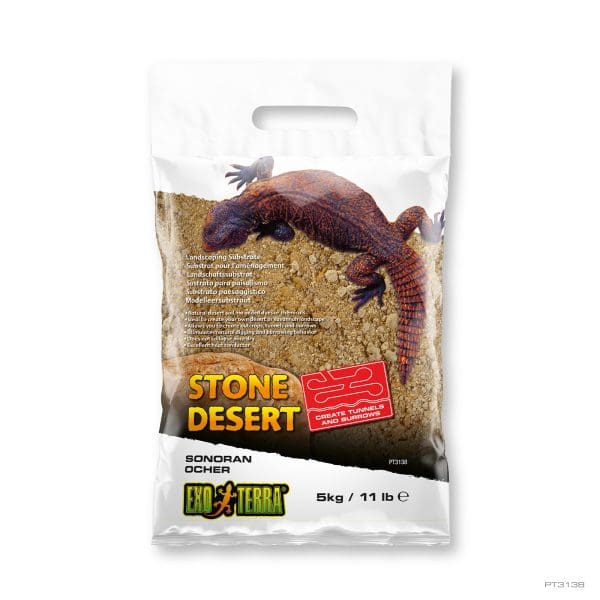
Stone Desert Sonoran Ocher 11 lb – 5 kg
-

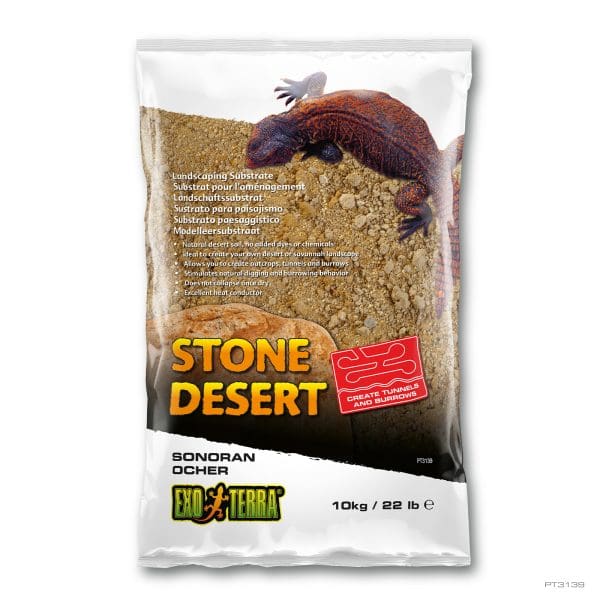
Stone Desert Sonoran Ocher 22 lb – 10 kg
-

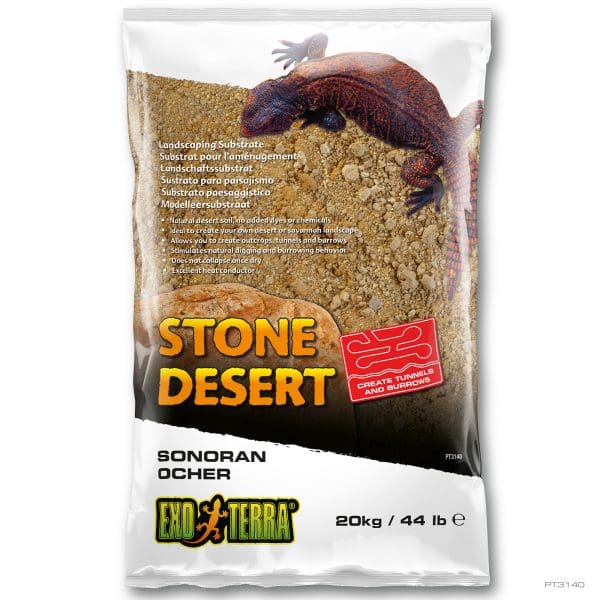
Stone Desert Sonoran Ocher 44 lb – 20 kg
Jesse Smets
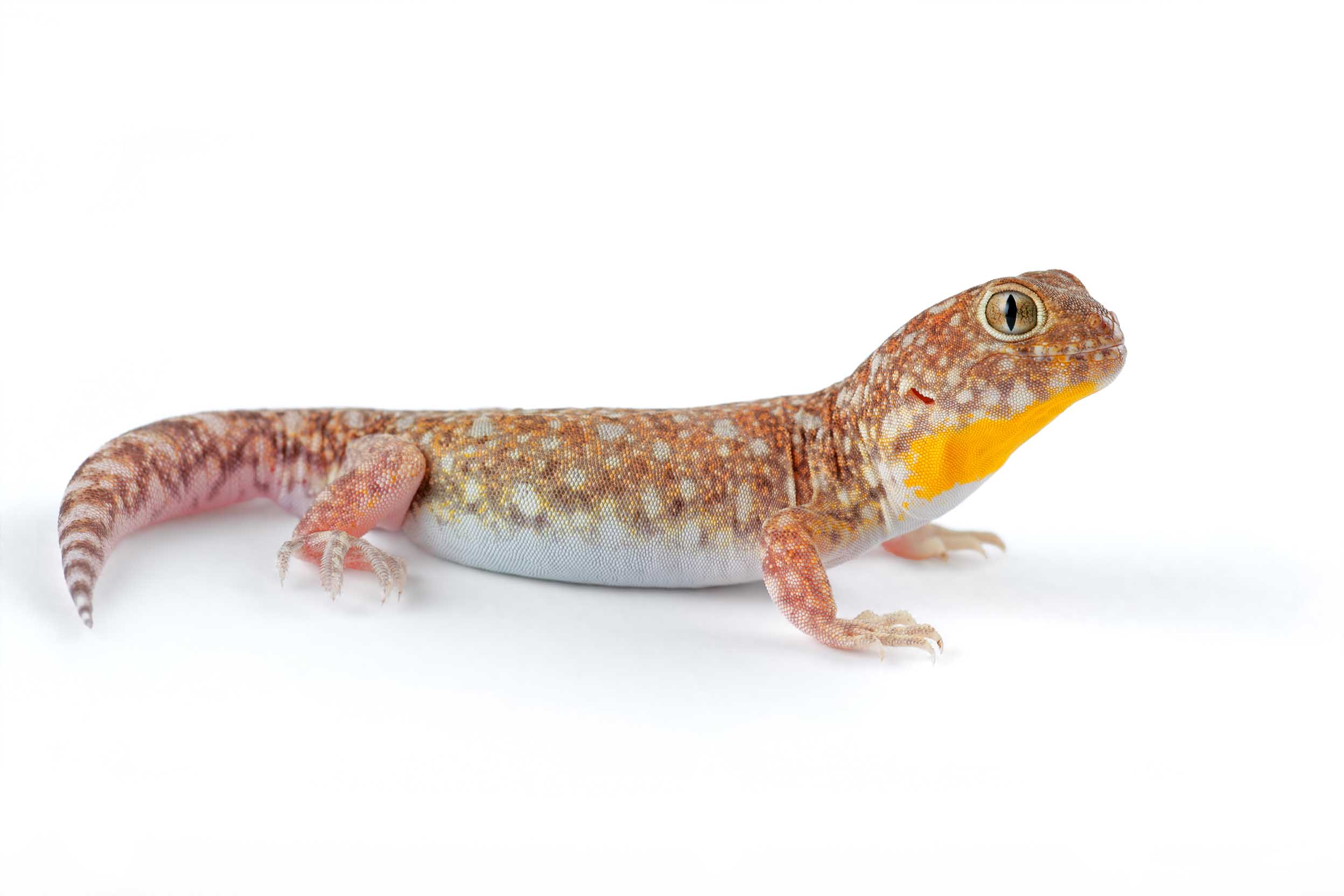



Secret Toad-Head Agama,Phrynocephalus mystaceus, near its burrow on the sary-kum Dunes, Dagestan, Russia
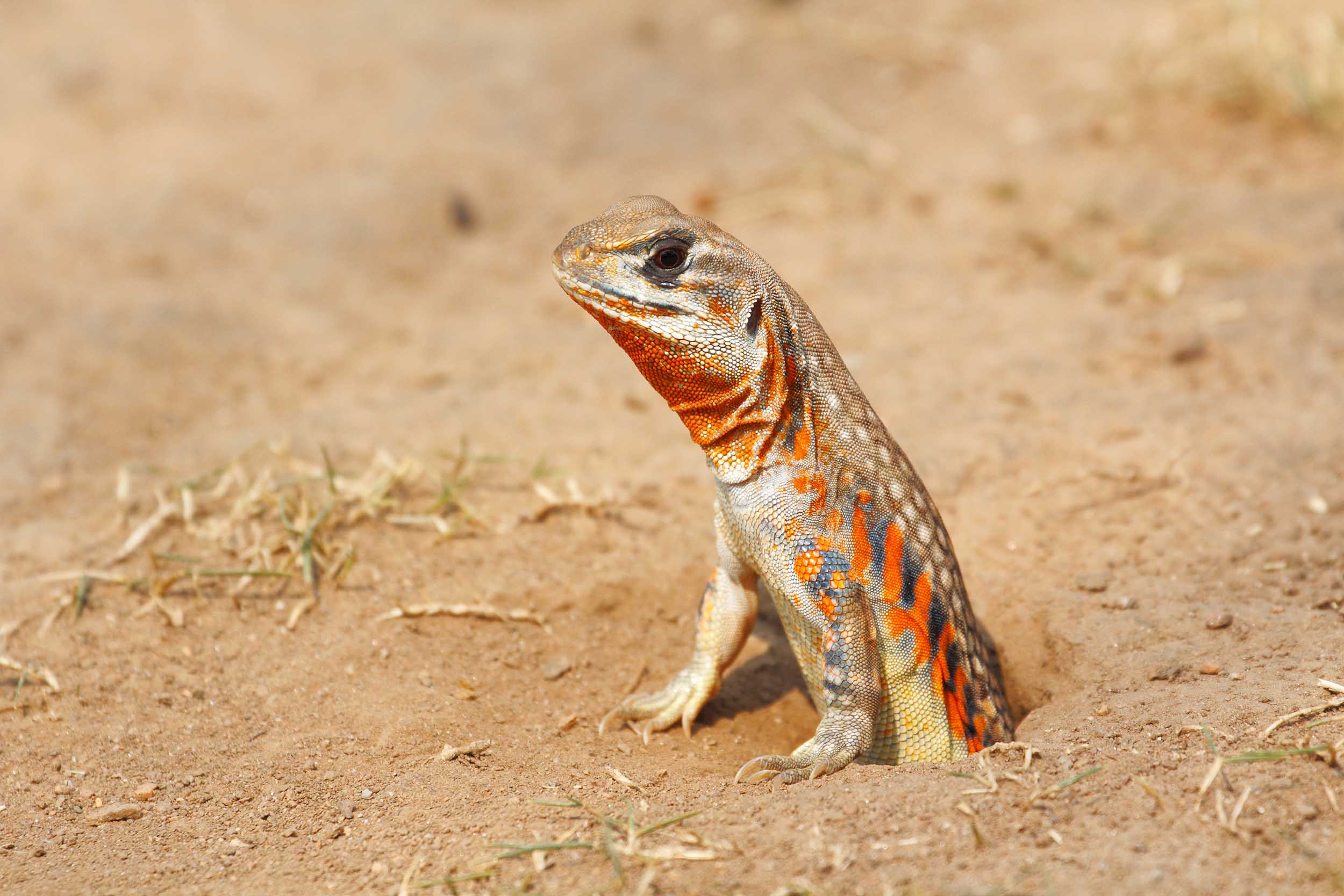

Butterfly Agama, Leiolepis belliana ocellata emerges from its burrow
Substrates Topics
Impaction, a secondary condition
Gastrointestinal impaction in reptiles and amphibians is considered a secondary condition: it typically arises as a consequence of other underlying issues or conditions. The primary causes that lead to gastrointestinal impaction are usually related to the animal's environment (for example temperature and humidity), diet, or overall health.
Stone Desert
The Exo Terra Stone Desert mimics the natural soil found in arid regions, like deserts or savannahs. Most desert soils are not purely sand-based but rather a combination of sand, decomposed granite and clay resulting in interesting and sometimes colorful rock formations. Exo Terra’s Stone Desert allows you to create your own desert or savannah landscape, including cool-humid burrows as well as warmer elevated basking areas.
Why choose a natural substrate?
A natural substrate can harbor beneficial microorganisms that contribute to the breakdown of organic matter, recycling nutrients, and supporting a healthy ecosystem. These microorganisms create a balanced environment that mimics natural ecosystems. In a natural substrate, nitrifying bacteria can convert ammonia (produced from animal waste) into less harmful substances like nitrate. This helps maintain a healthier environment by reducing harmful ammonia levels. Some substrates can act as pH buffers, helping to maintain a stable and suitable pH level for the terrarium's inhabitants. As a consequence, natural substrates are an essential component of any bioactive terrarium.
Stay up on all things exo terra.
"*" indicates required fields

